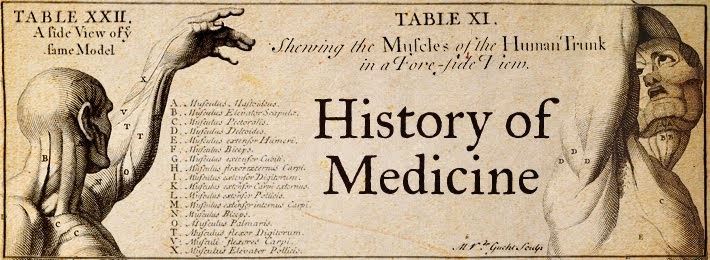“A Surgical Casebook” is a manuscript of hand-painted pictures commissioned by Hanaoka Seishu, a pioneering Japanese surgeon who was the first to use general anesthesia to remove tumors from cancer patients. The colorful, often charming, pictures in this casebook capture the likenesses of the men and women who came to Hanaoka for treatment; and, importantly, they depict, quite graphically, the medical and surgical problem to be treated. Clearly, Hanaoka engaged an artist of considerable talent to make a visual document of the patient’s condition before surgery. This suggests a local artist or an artistically-talented medical associate, because Hanaoka would have encountered the patients depicted in this book over a period of many years. The labels attached to the pictures provide information about a patient’s place of residence, occasionally his or her name and livelihood, and sometimes a diagnosis.
Hanaoka Seishu’s fame is based on his invention of an oral anesthesia that could render a patient unconscious for long enough to allow him to remove deep tumors. Hanaoka was born to a physician’s family in Kii Province (today’s Wakayama Prefecture), a remote, mountainous region of south central Japan, in 1760. At age twenty-two he went to Kyoto, where he studied both traditional Chinese-style medicine and Western-style surgical techniques; at age twenty-five he took over the family business and began to practice an eclectic style of medicine that combined these two traditions. He was greatly concerned with his inability to treat cancer patients, and over a period of twenty years he developed an herbal concoction he called ‘mafutsusan.’ It was made up of several highly toxic plants, including Korean asagao, Japanese aconite, Chinese angelica, and Arisaema japonicum, among others. It did not include opium derivatives which were only beginning to be identified by European doctors. The herbs were ground into a paste, boiled with water, and administered to the patient by mouth well before the surgery. The narcotic effects of this anesthetic could last as long as 24 hours, allowing him to surgically remove many different kinds of tumors which previously had been inoperable (Access the book).

